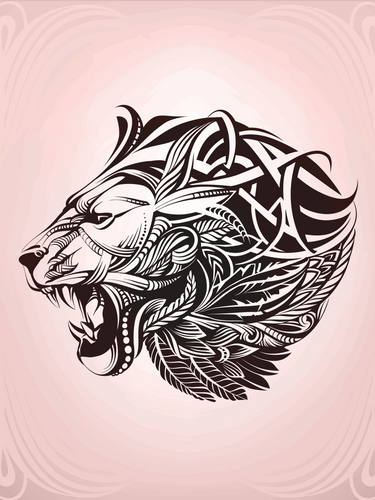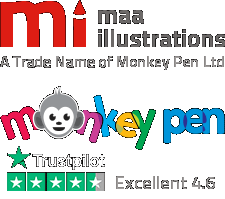Technical illustration develops as an important element that bridges the gap between creativity and technical precision in the dynamic world of product design and development. Technical illustration has a multidimensional role as a crucial component of the product development process, promoting effective communication, and ensuring smooth integration throughout the design journey. Technical graphics give designers, engineers, and end users alike a thorough grasp of goods from conceptualization to manufacture and user documentation, fostering creativity and resulting in successful solutions.
Technical illustration is crucial in helping to visualise basic concepts and ideas at the beginning of the product design process. Designers may effectively convey their idea to clients through detailed sketches and renderings, connecting everyone behind a single objective. Technical illustrations give life to abstract concepts, allowing designers to consider many design possibilities, decide wisely, and refine concepts before moving on to the following development stages.
Technical illustration becomes increasingly important as the design develops in order to provide precise and accurate technical drawings. Engineering teams can build prototypes and ready for production designs on top of these drawings. Technical illustrations guarantee that design intent is effectively represented by providing precise measurements, dimensions, and specifications, hence minimising errors and lowering the possibility of expensive rework.
Technical drawings continue to be crucial during the prototype and testing phases. They enable efficient feedback exchange and guarantee that the product develops in the appropriate direction by facilitating good communication between design and engineering teams. To help in understanding complex structures and components, technical illustrations can provide cutaway diagrams, exploded views, and assembly directions. Clarity at this level facilitates teamwork and speeds up the iterative process, resulting in more successful and successful product designs.
Moreover, technical illustration is indispensable in user documentation and product manuals. User guides and product manuals cannot be written without technical illustrations. In order for end users to comprehend product functionality, assembly techniques, and troubleshooting recommendations once products are on the market, they must be provided with clear and informative visuals. Technological improvements in digital media have increased the possibilities of technical illustration. A more immersive experience for designers and end users is provided by interactive and realistic visualisations produced by artists using computer-aided design (CAD) software and 3D modelling tools. consumers can explore virtual prototypes and resemble product functions before the actual realisation, which helps them understand products better.
In conclusion, technical illustration is an essential step in the creation of new products. Technical images streamline communication, improve collaboration, and guarantee accuracy and precision across the whole product lifecycle, from conceptualization to manufacture and user documentation. Businesses can improve their product development process and produce superior solutions that meet the demands and expectations of their consumers by embracing the powers of technical illustration.






